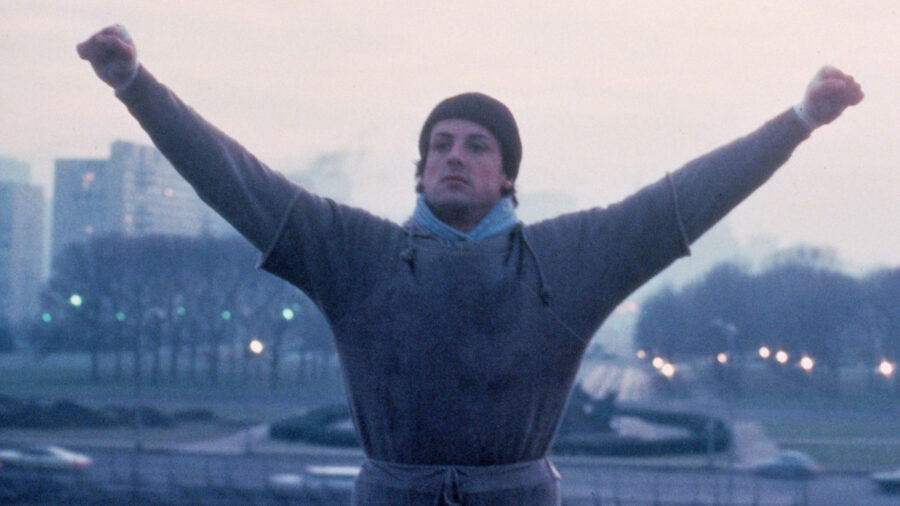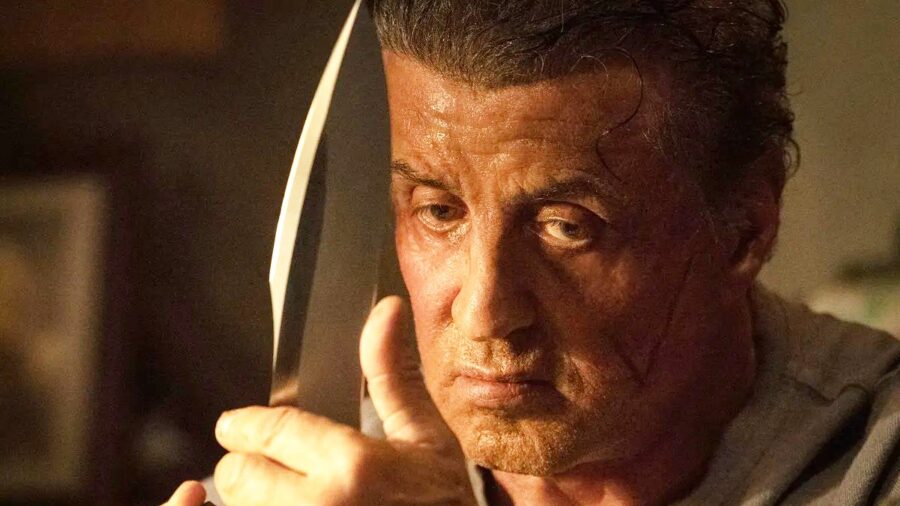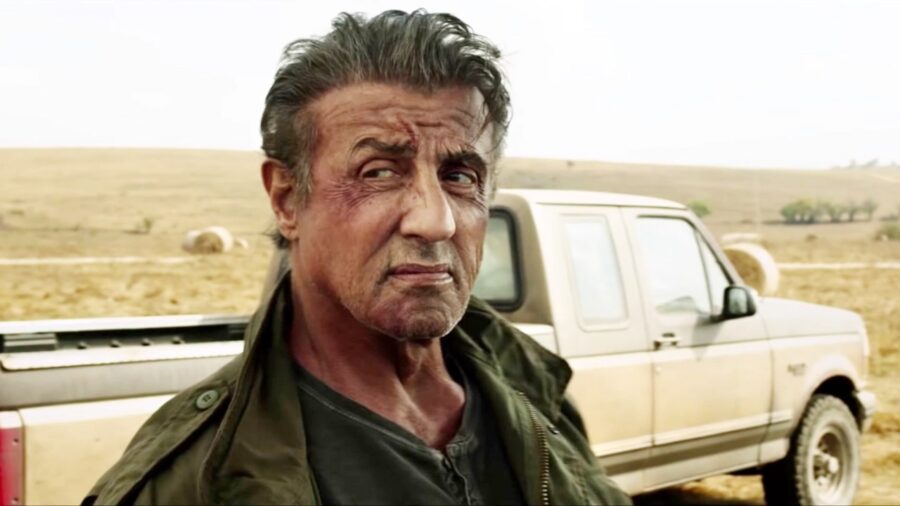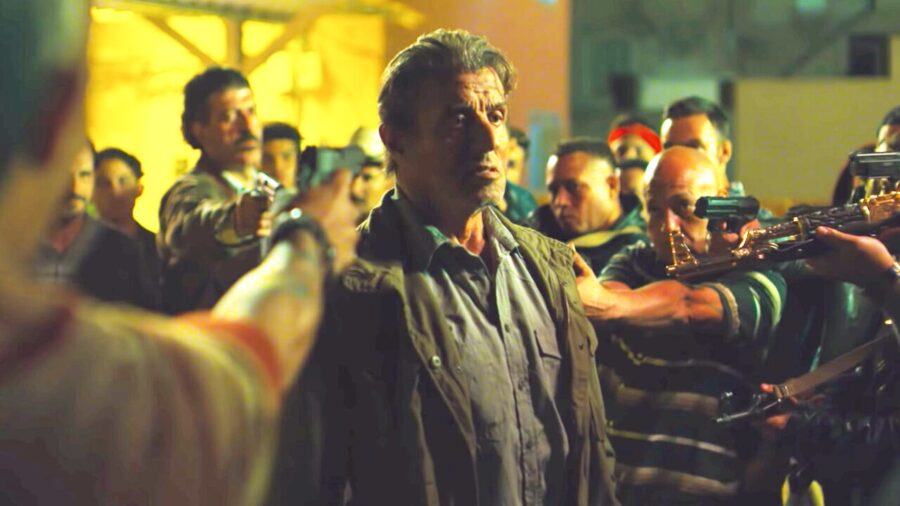Sylvester Stallone Has The #1 Movie On Netflix
Sylvester Stallone became an overnight star after years of trying and right now he has the number one most-watched movie on Netflix.
This article is more than 2 years old

The legend of Sylvester Stallone generally begins with Rocky, the boxing movie of such humanity and warmth that it made people forget he loses the fight at the end. But Stallone had appeared in 17 different movies by the time he finally broke through with Rocky in 1976, becoming an instant overnight success after years of uncredited toil and receiving Academy Award nominations for both Best Original Screenplay and Best Actor (only the third to ever do so). It was already clear that Stallone was not the type to give up on his goals, even if it took bad, cheap movie after bad, cheap movie to get there. Unfortunately, his following career often took the same approach, which is why both his Rocky and Rambo franchises have stretched well into the new millennium. The most recent film starring Sylvester Stallone as the titular traumatized and deadly Vietnam War veteran, Rambo: Last Blood is currently the number one most-watched movie on Netflix.

Rambo: Last Blood is the fifth film in the franchise, which began back in 1982 with First Blood. That film was based on a novel of the same name by David Morrell, in which a homeless, traumatized Vietnam War veteran comes into brutal conflict with a small-town sheriff attempting to arrest him for vagrancy. In the novel Rambo (given the first name John for the film) dies at the end; the film adaptation was originally supposed to end the same way but was altered so star Sylvester Stallone lived.
After that, both the Rambo movies and Sylvester Stallone’s portrayal of the character became increasingly jingoistic, macho, and ultraviolet. Rambo: Last Blood is a strange combination of all of the previous movies. It picks up after 2008’s reboot Rambo, in which the character leaves his adopted home of Thailand after slaughtering many Asian people in defense of a group of white American missionaries to return to the United States. That is not casual shade towards the movie; as they have gone on, they have increased utilized Stallone as a defender of violent American colonial values, despite his origins as a victim of them.

The fifth movie begins with Sylvester Stallone living on a horse farm in Arizona with his friend Maria (Adriana Barraza) and her granddaughter Gabriela (Paz Vega). To its credit, the Adrian Grünberg-directed film moves efficiently to what everyone watching the movie is there for: Rambo brutalizing people. Gabriela travels to Mexico to find her deadbeat father; after he callously rejects her, she is kidnapped, forcibly drugged, and forced into prostitution by a drug cartel. When Rambo arrives to try to rescue her, he is beaten by thugs. He eventually does manage to retrieve Gabriela, but she dies of a forced overdose of heroin. When the cartel follows Rambo back to Mexico, it turns out that he has dug ironic Viet Cong-style tunnels under his ranch and brutally, horrifically slaughters all of them. This is not an exaggeration. He pulls out a human heart with his hands.

When you decide to check out Sylvester Stallone in a Rambo movie, you have to expect a decent amount of violence. In First Blood, the violence was shocking because its starkness and simplicity. In Rambo: First Blood Part II (one of the more confusing titles in cinema), it was ramped up to cartoonish levels in pursuit of 1980s action thrills. Rambo III brought in the Afghan Mujahideen to turn Rambo’s propensity for violence into an official part of U.S. International relations. 2008’s Rambo tried to turn him into a tattered man trying to defend the innocent. But in Rambo: Last Blood, Sylvester Stallone’s character has nearly turned into a slasher. Almost immediately threatens a teenage girl, graphically digs his thumb into a man’s throat, and butchers human beings with a horrific amount of gore. Even the author of the original novel was shocked at the violence and “embarrassed to have [his] name associated with it.”

Rambo: Last Blood was particularly criticized for almost exclusively depicting people in Mexico as duplicitius, rapacious, violent monsters, while the people of Mexican descent who have Americanized are the virtuous ones. This depiction is not particularly subtle, and it is not difficult to see it enabling Rambo’s more-than-typically torturous violence. After all, if these people are the scum of the earth, why should he not treat them like they treat innocents? A different movie might make this part of a theme of violence dehumanizing both the perpetrators and the victims and how it turns into a cycle that ultimately destroys and degrades everyone. This movie is not about that. Initially, it does allow Rambo some sense of soulfulness before resorting to violence, but any interest it has in being Stallone’s Unforgiven is far outweighed by its interest in slaughter.
Nevertheless, Rambo is a powerful brand and Sylvester Stallone is still a reliable draw. Not only is Last Blood the current number one film on Netflix, one of the most popular streaming services in the world, but 2008’s Rambo is also up there in the top ten as well. But then again, when you start a Rambo movie, you know what you’re getting and it seems people want it.












